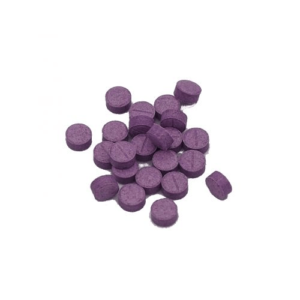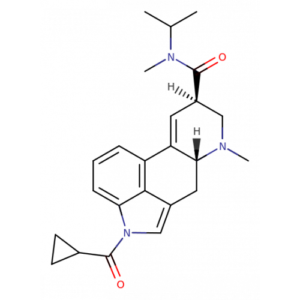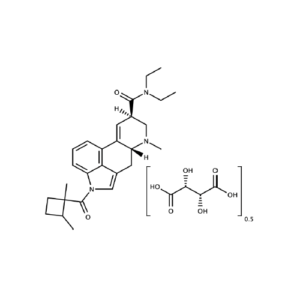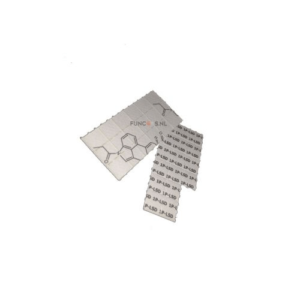Lysergamides
Buy Lysergamides Online – Trusted Source for High-Quality Compounds
Explore our extensive range of lysergamides available for purchase online at CityChems. These innovative compounds, widely used in research and scientific studies, are known for their unique properties and potential applications in neuroscience and psychology.
Our lysergamides are:
- Laboratory-tested for purity.
- Delivered discreetly and securely worldwide.
- Sourced from trusted suppliers to ensure top-notch quality.
Whether you’re a seasoned researcher or new to the field, CityChems is your reliable partner in obtaining the finest chemicals for your work.
What Are Lysergamides?
Lysergamides are a class of compounds derived from lysergic acid, often studied for their potential in advancing medical research. Learn more about their properties and research applications on Wikipedia.
Why Choose CityChems for Lysergamides?
- Competitive Pricing: Affordable options for all budgets.
- Secure Transactions: Enjoy peace of mind with encrypted payment methods.
- Fast Shipping: Reliable delivery with tracking available.
Important Considerations
We emphasize that our products are intended for research purposes only and should not be used for recreational purposes. Before purchasing, ensure compliance with local regulations regarding research chemicals.
Learn More About Lysergamides
- Google Scholar – Explore academic papers on lysergamide applications.
- National Institutes of Health (NIH) – Updates on chemical research.
- Wikipedia – Overview of lysergamides.
Showing 1–12 of 21 results












